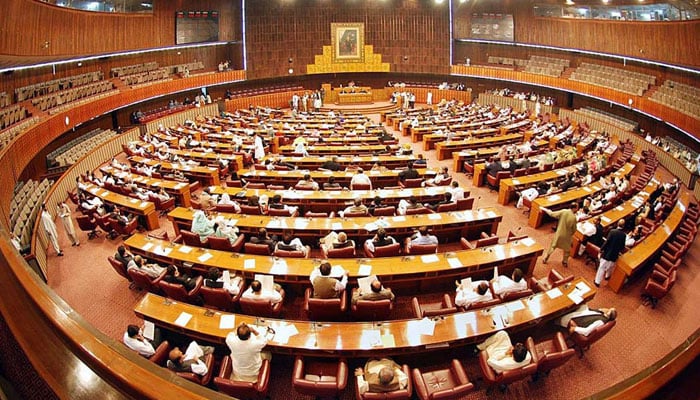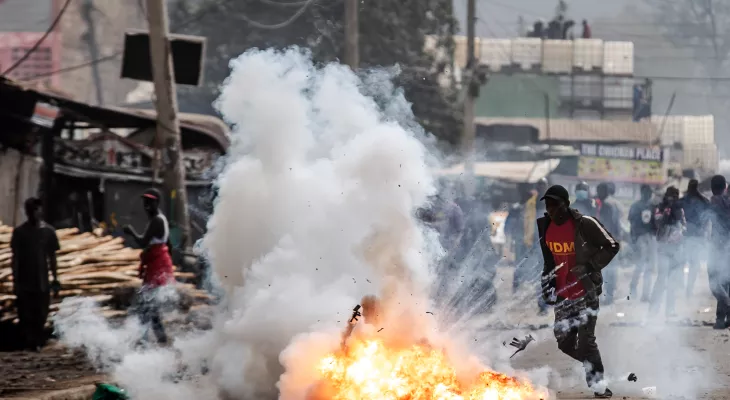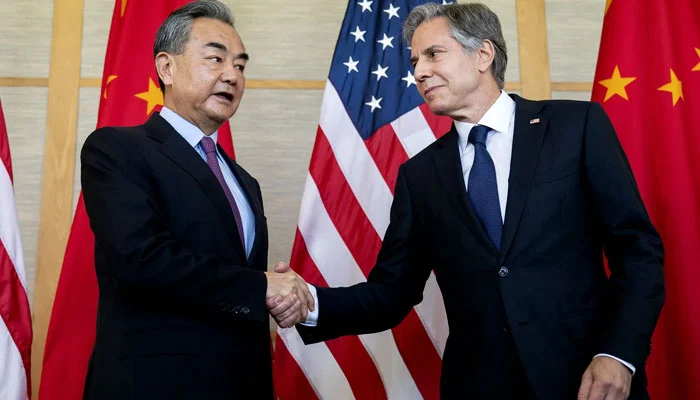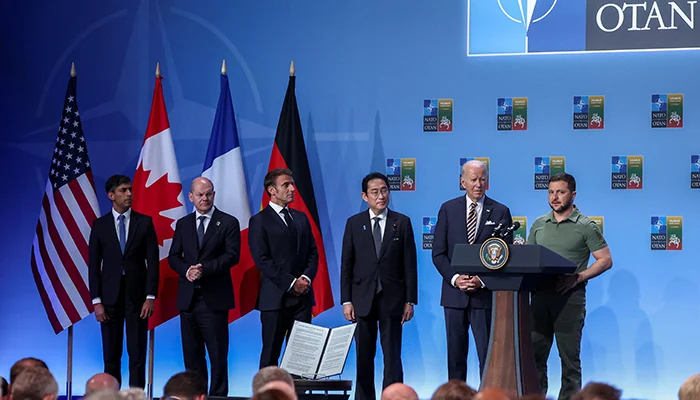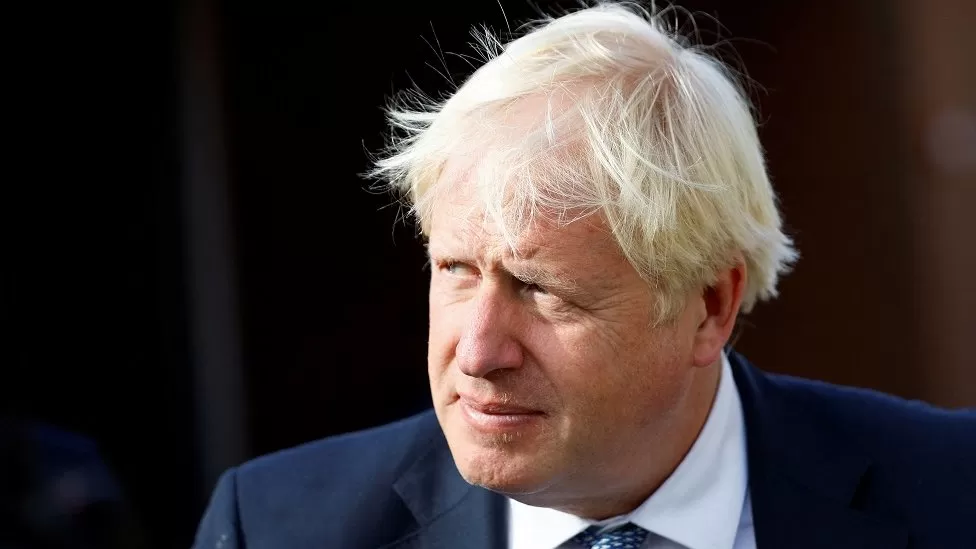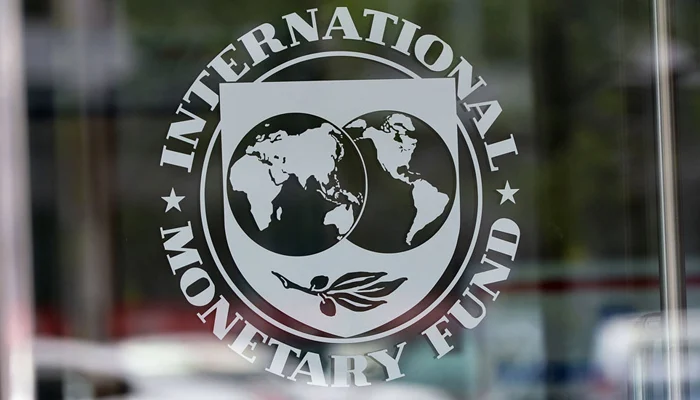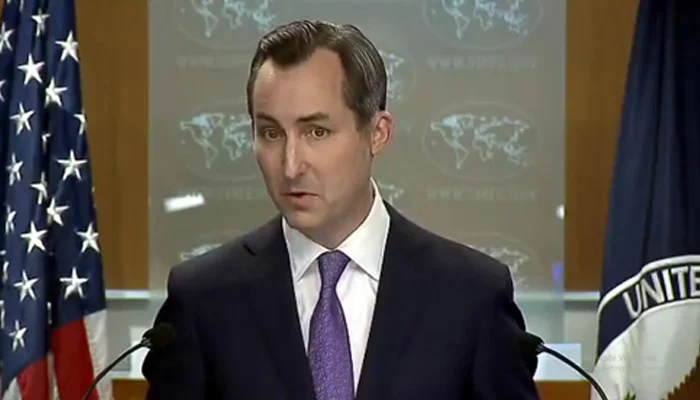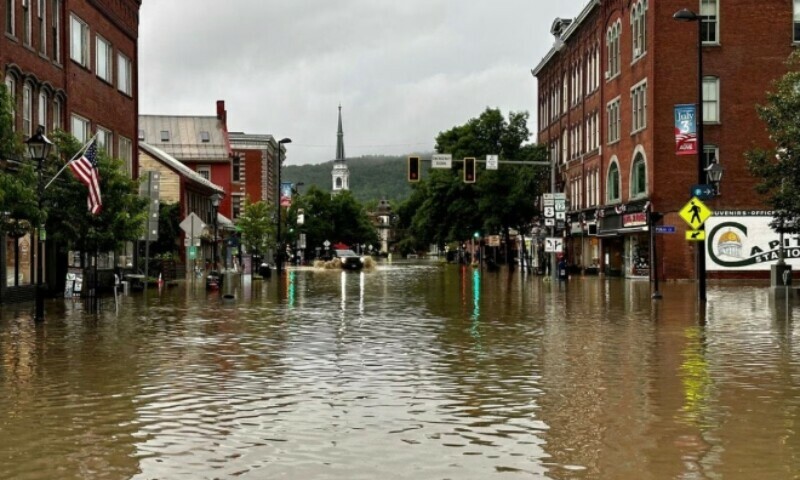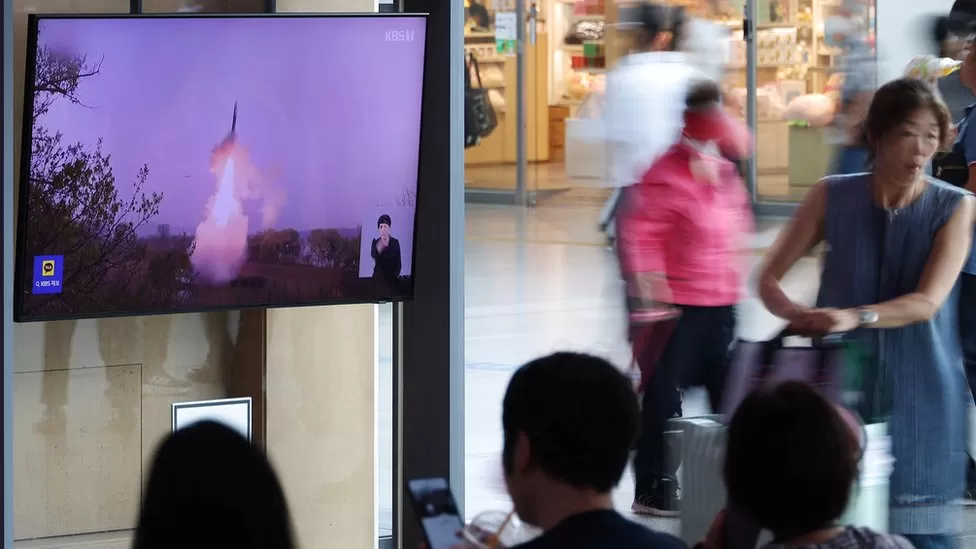ISLAMABAD: The Parliamentary Committee on Electoral Reforms has expedited the work on the amendments to the election laws by examining 73 rectification proposals presented before it
The panel has reportedly decided to finalise the recommendations by the next week and get the reforms to the Election Act approved by both houses of parliament before the end of the tenure of the National Assembly, which Prime Minister Shehbaz Sharif has said will be in August.
An in-camera meeting of the Parliamentary Committee on Electoral Reforms headed by its chairman and Minister for Economic Affairs, Sardar Ayaz Sadiq.
Committee members, including Law Minister Azam Tarar, Dr Fehmida Mirza, Commerce Minister Naveed Qamar, Senator Taj Haider, MNA Afzal Dhandla, Senator Manzoor Ahmed, Senator Kamran Murtaza and the Election Commission of Pakistan (ECP) secretary attended the meeting.
Talking to the media after the meeting, Sadiq ruled out the possibility of banning any political party, saying there was no proposal to ban any party as the committee’s job was to make electoral reforms.
“We will review the contentious issues on Thursday besides drafting the agreed-upon proposals. The controversial issues which need further discussion will be examined on Monday,” he said.
Sadiq said there was a thorough discussion on proposals for electoral reforms, and effective proposals were taken into consideration for the transparent conduct of elections.
He said many things were done during former chief justice Saqib Nisar’s tenure, and the committee was trying to fix controversial decisions related to elections.
The proposals
Sources said that the committee was suggested to give a specific time limit to the presiding officer to compile results and to call them to account in case of any delay in the process.
Binding the presiding officer to give a sound reason for the delay in compiling election results was also suggested.
Moreover, it was proposed in the meeting that the presiding officer would send a photocopy of the signed result to the returning officer and also proposed to provide the presiding officer with high-speed internet and smartphone. Allowing polling agents to carry camera phones was also suggested.
The committee was suggested installing CCTV cameras at each polling station booth for assistance in poll review, counting and compilation of results and in case of complaints, and provision of camera recordings as evidence.
Further suggestions include jacking up election expenses limit for both national and provincial assemblies’ candidates, allowing the candidates to be able to get the video of any polling station by paying a fee, taking action against the presiding and reviewing officer under the criminal law over negligence, displaying the complete voters list outside each polling station, and allowing security personnel deployed outside the polling station to enter the polling station with the permission of the presiding officer in case of emergency.
Under the proposal of increasing the poll expenses, Rs4 million to Rs10 million were suggested to be spent for the NA seat electioneering, and Rs2 million to Rs4 million on provincial assembly seat electioneering.
Awarding a 6-month to 3-year jail term to the election staff over involvement in rigging the election was also discussed in the meeting.
Meanwhile, a proposal to decide the violation of the code of conduct in seven days instead of 15 days was also given in the meeting.
Another proposal was uploading the final list of polling staff on the ECP website so that the candidate would be able to challenge the appointment of polling staff to the constituency within 10 days.


